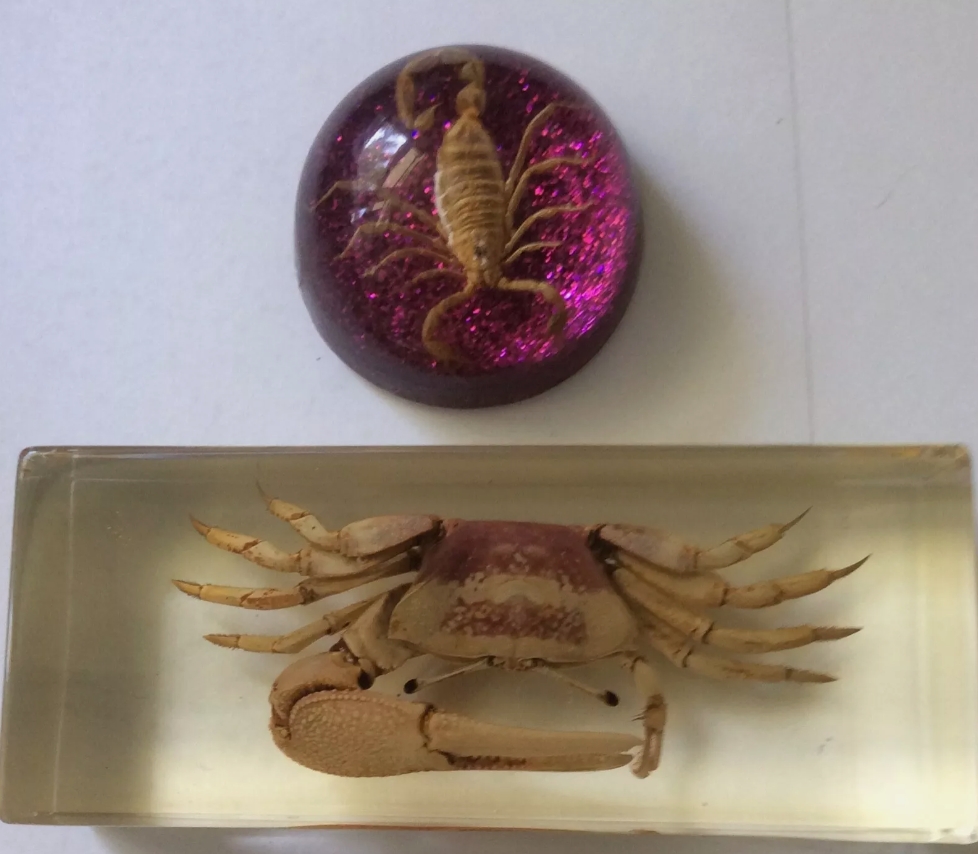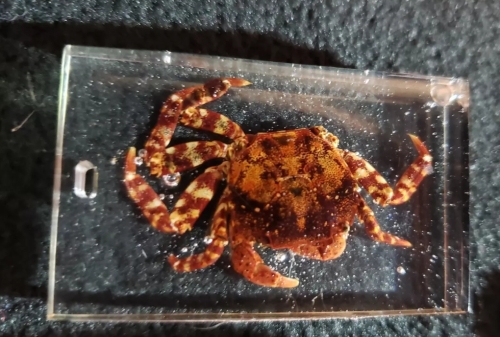Crab is a kind of crustacean living in Marine or freshwater environment. Because of its unique morphology and ecological habits, it has become an important object in biological research. In museums or scientific research institutions, crab specimens often appear on exhibition counters, attracting the attention of researchers and the public.
The process of preparing crab specimens is rather complicated, so it is necessary to have a certain understanding of the preservative technology of biological specimens. First, caught crabs need to undergo initial treatment, including cleaning and gutting. It is then treated with preservatives to prevent rot and insect infestation. Commonly used preservatives include formaldehyde solution, etc., to maintain the stability of its structure and color.
In the process of specimen preparation, researchers also need to accurately record the morphological characteristics of the crabs. This includes its shell color, texture, body proportion, etc., which are important bases for studying the classification, ecology and physiological characteristics of crabs. By looking at these features, scientists were able to identify different species of crabs and understand their role in the ecosystem.
Specimens are usually displayed with detailed labels indicating the species name, time and place of collection, and relevant ecological information. This allows visitors not only to appreciate the beauty of the crab's appearance, but also to gain an in-depth understanding of its living habits and environmental needs.
In scientific research, crab specimens provide valuable data for many fields. Ecologists study the effects of crabs on aquatic ecosystems by analyzing their position in the food chain. Biologists can explore their physiological structure and evolutionary processes to further understand the diversity of crustaceans.
















